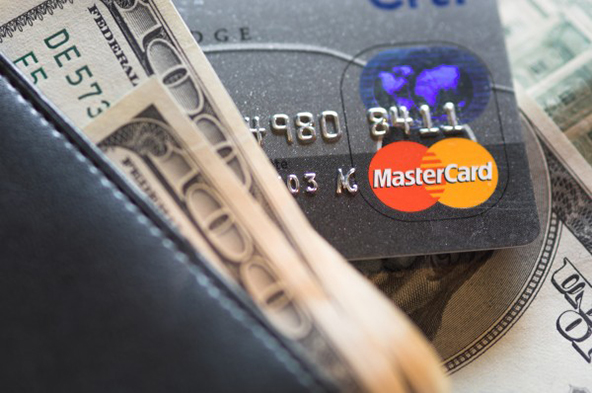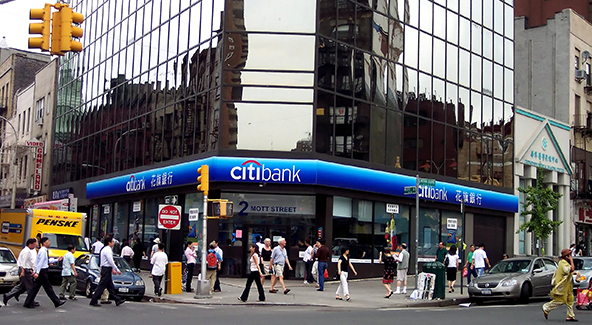How to Use the Address Verification Service (AVS)

It has been quite a while since we have written anything about the Address Verification Service (AVS) and I thought I should offer a refresher course. Also, there is some new information about the service that needs to be shared.
What Is AVS?
AVS is a risk management service provided by the card brands that allows merchants processing card-not-present transactions to verify the billing address provided by their customers by comparing it to the one on file with the card issuer.
At present, AVS is supported in only a few countries, including the U.S., Canada and the United Kingdom.
AVS verifies only the numeric portion of the address. For example, if your address is 10 State Street, Boston MA 02109, AVS will check 10 and 02109. AVS may also check additional digits like an apartment number.
AVS Process
AVS verifications are typically processed together with the transaction authorization requests. The process goes through the following stages:
- The customer provides her credit card account information at the check-out for payment.
- The merchant includes the provided billing address into the authorization request, along with the other transaction information. Both requests are routed to the processing bank and from there, to the card brand (Visa, MasterCard, Discover or American Express).
- The card brand then routes the request on to the card issuer. The issuer matches the received billing address to the one it has on file for its cardholder.
- The issuer returns both the authorization and the AVS responses to the merchant through the same channel. The AVS response consists of a single-digit code.
The AVS process takes only a few seconds.
AVS Response Codes
AVS response codes differ from one card brand to another. To avoid confusion, some processors may change the originally received code to one that is applicable to all brands. Listed in the table below are the possible response codes you may receive.
| Code | Visa | MasterCard | Discover | American Express |
|
Y |
Address and 5-digit or 9-digit ZIP match |
Address and 5-digit ZIP match |
Address only matches |
Address and ZIP match |
|
A |
Address matches, ZIP does not |
Address matches, ZIP does not |
Address and 5-digit ZIP match |
Address only matches |
|
S |
AVS not supported |
AVS not supported |
AVS not supported |
AVS not supported |
|
R |
System unavailable, retry |
System unavailable, retry |
Not applicable |
System unavailable, retry |
|
U |
Information not available |
Information not available |
System unavailable, retry |
Information not available |
|
Z |
Either 5-digit or 9-digit ZIP match, address does not |
5-digit ZIP matches, address does not |
5-digit ZIP matches, address does not |
ZIP code only matches |
|
N |
Neither ZIP nor address match |
Neither ZIP nor address match |
Neither ZIP nor address match |
Neither ZIP nor address match |
|
W |
Not applicable |
For U.S., 9-digit ZIP matches, address does not. For non-U.S., ZIP matches, address does not |
Information not available |
Not applicable |
|
X |
Not applicable |
For U.S., all digits match. For non-U.S., ZIP and address match. |
Address and 9-digit ZIP match |
Not applicable |
|
B |
Address matches, ZIP not verified |
Not applicable |
Not applicable |
Not applicable |
|
T |
Not applicable |
Not applicable |
9-digit ZIP matches, address does not |
Not applicable |
|
P |
ZIP matches, address not verified |
Not applicable |
Not applicable |
Not applicable |
|
C |
Address and ZIP not verified |
Not applicable |
Not applicable |
Not applicable |
|
D |
Address and ZIP match (International only) |
Not applicable |
Not applicable |
Not applicable |
|
G |
Address not verified for International transaction (International only) |
Not applicable |
Not applicable |
Not applicable |
|
I |
Address not verified (International only) |
Not applicable |
Not applicable |
Not applicable |
|
M |
Address and ZIP match (International only) |
Not applicable |
Not applicable |
Not applicable |
|
F |
Address and ZIP match (UK only) |
Not applicable |
Not applicable |
Not applicable |
Using AVS Response Codes
When deciding on how to proceed with the transaction, you need to take into account the AVS response code. The following general guidelines should apply:
- Exact match (e.g. X, Y, D, M, F). If there are no other causes for suspicion, you will want to proceed with the transaction.
- Partial match (e.g. A, Z, B, P, T, W). You may want to be a bit more careful when the address matches, but the ZIP code does not, or vice versa. It is not a good idea to outright decline such transactions, especially if there are no other causes for suspicion. Rather, look for typical signs of fraudulent transactions, such as larger-than-average orders, orders with overnight delivery; big-ticket items, etc. Try to verify the phone number and contact the cardholder to confirm the order.
- No match (N). If neither the address nor the ZIP code match, you have a strong indicator of fraud, although there is a possibility that the cardholder has moved recently and the issuer has not yet updated the billing information. Call your customer and verify the order. If you cannot reach your customer, do not proceed with the transaction.
- Unavailable or not supported (e.g. U, S, G, I, C). If that is the response you get, you will have to base your processing decision on other factors. Again, do a reverse search for the phone and address and call your customer to confirm the order.
Generally speaking, you would want to use AVS for all of your card-not-present transactions. It is a simple and inexpensive way to verify customer information and there is no reason not to use it that I can think of.
Image credit: Confermation.blogspot.com.


